There comes a time in life when you’re exposed to clown culture. For me, it started during my early childhood with Raggedy Ann and Andy dolls, and then I moved on to The Big Comfy Couch. After that phase, I didn’t think much about clowns—in fact, I downright ignored them the moment I hit puberty. But during the pandemic, I found a new sense of exhilaration in the art of clown memes. At the same time, I was also redecorating my apartment, and the wiggle trend had me in a chokehold. When I finally welcomed the checkerboard pattern, I discovered a MacKenzie-Childs collection from the ’90s called Circus that felt like it had been made for me all along.
As all of these fun objects found their way into the corners of my home, I began wondering if it was becoming a little too fun and loud. My intent was to curate a space that felt more alive, but was I subconsciously exhibiting clown behavior instead? (Some might say if the red nose fits.) The closer I looked at my Vetri Murano lamps, the more the pink swirls reminded me of the hypnotic stripes that lined circus tents. I initially thought I was evoking Gwen Stefani’s version of Wonderland through the looking glass in “What You Waiting For,” but perhaps I was mistaken.
It’s also worth mentioning that I was literally playing musical chairs with a new rotation at my dining table every few months. It was like the dizzying sensation of looking out from the carousel while it’s spinning. Perhaps I had stayed on the ride too long, and the wheels in my head were still going round and round. The unspoken truth is that you’re either a spectator or a performer at the circus, but carnivalcore invites us all to participate in reclaiming our innocence by latching on to carefree ideals that break away from the real world.
I won’t take credit for coining the term: It’s been described as an aesthetic that channels the joy of the carnival experience through a playful atmosphere. Cara Delevingne’s Los Angeles home is a prime example of this nowstalgic trend with its tented poker room, ball pit, trampolines, costume room, and an attic party bunker that might be a dungeon. (In my humble opinion, her aesthetic is more channeling the energy of “Circus” by Britney Spears.) The singer Paloma Faith also dabbled with elements of the circus for the theme of her child’s bedroom, which features an original hand-painted mural amongst other quirky things like striped curtains, animal prints, and games strategically scattered around.
Content
This content can also be viewed on the site it originates from.
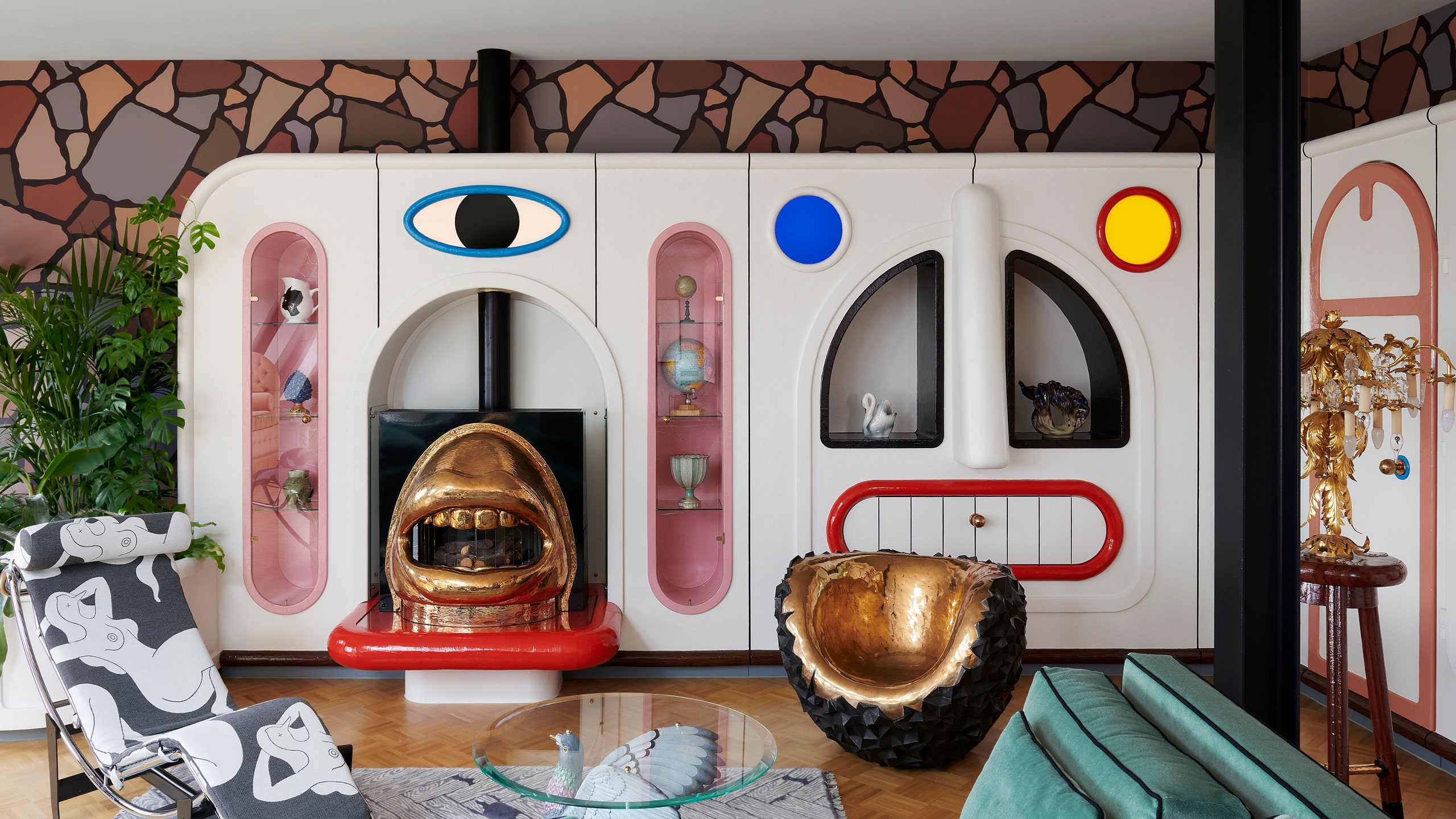
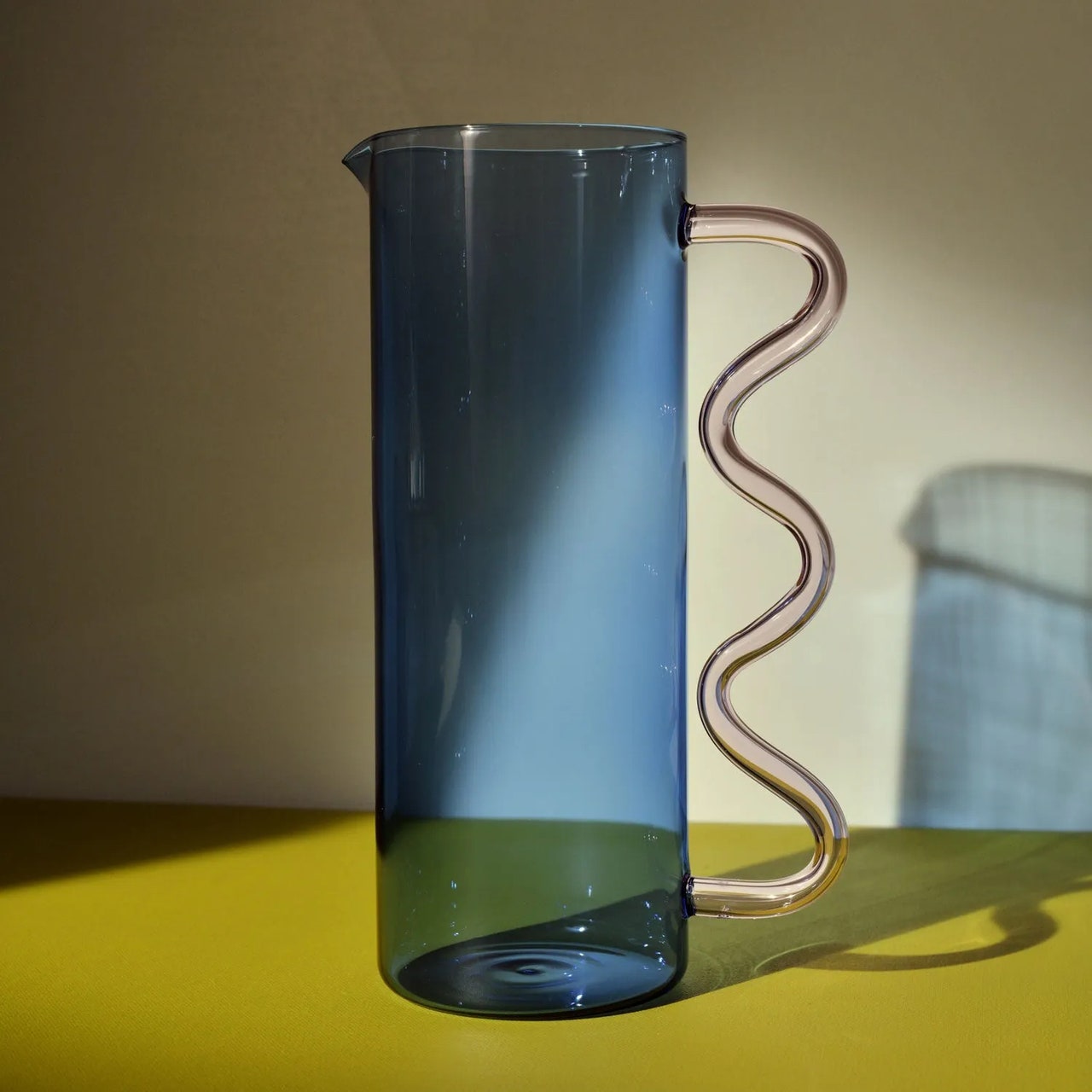
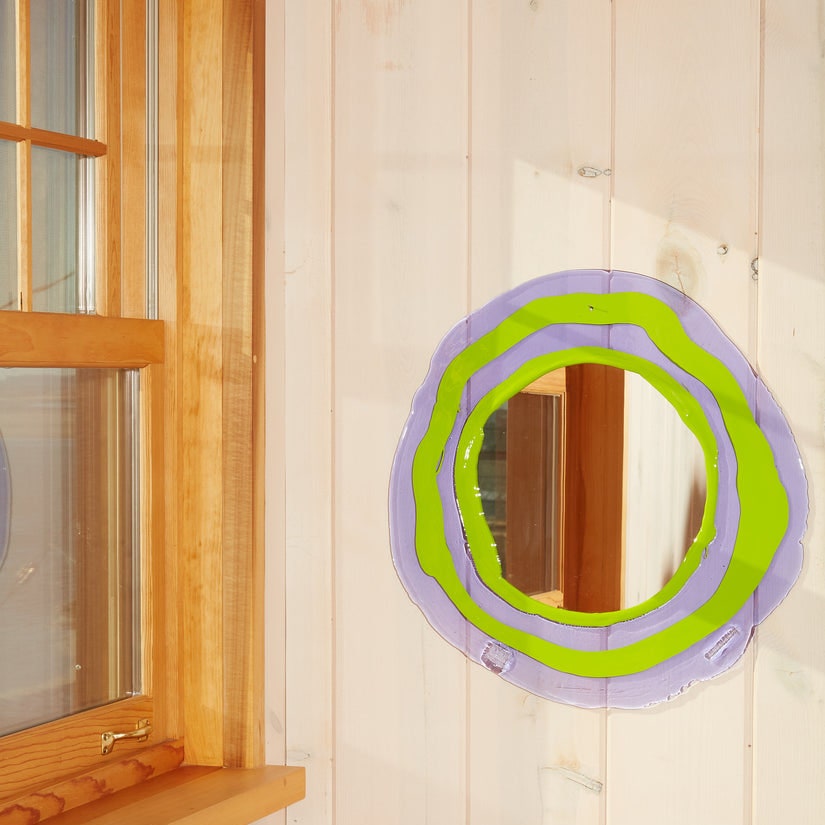
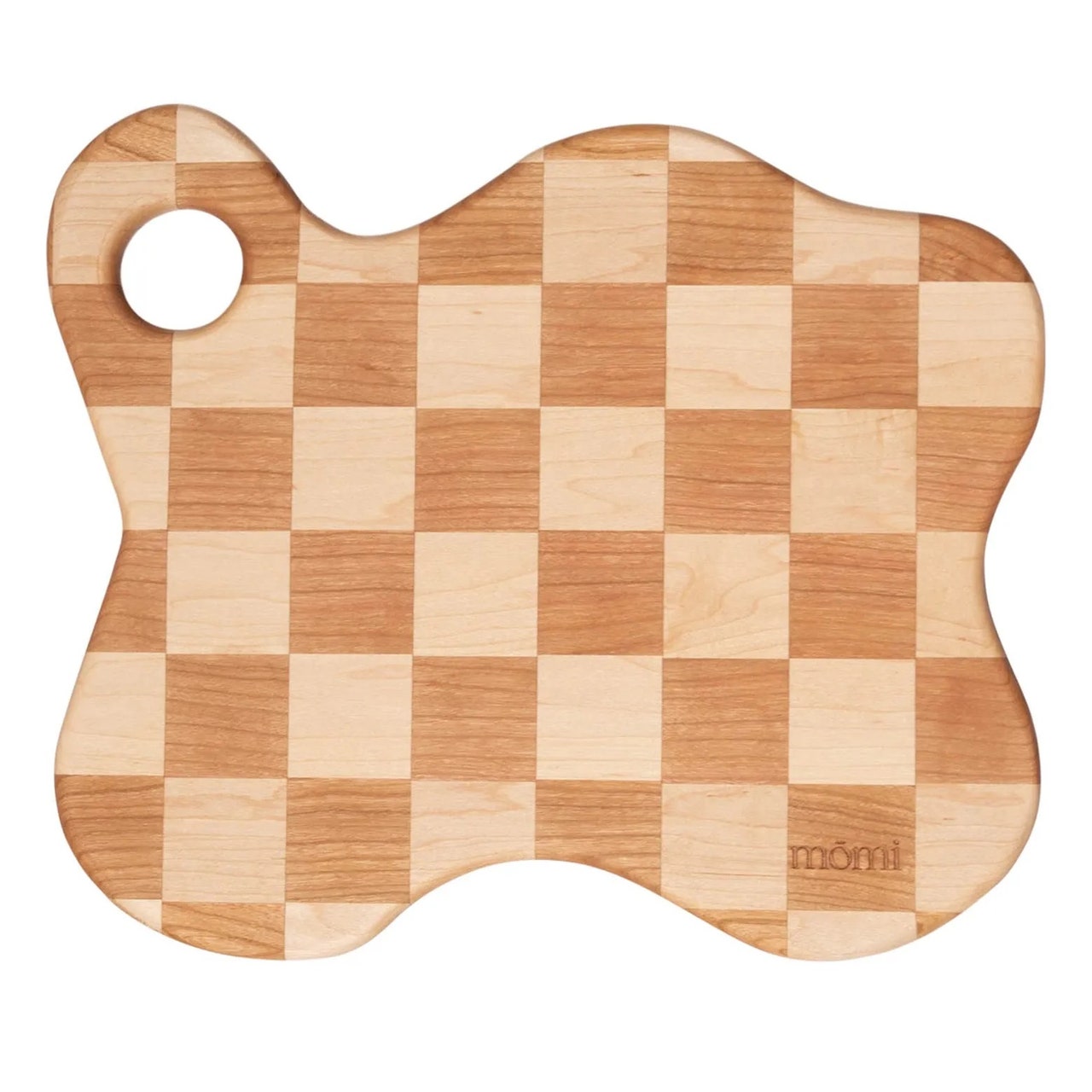
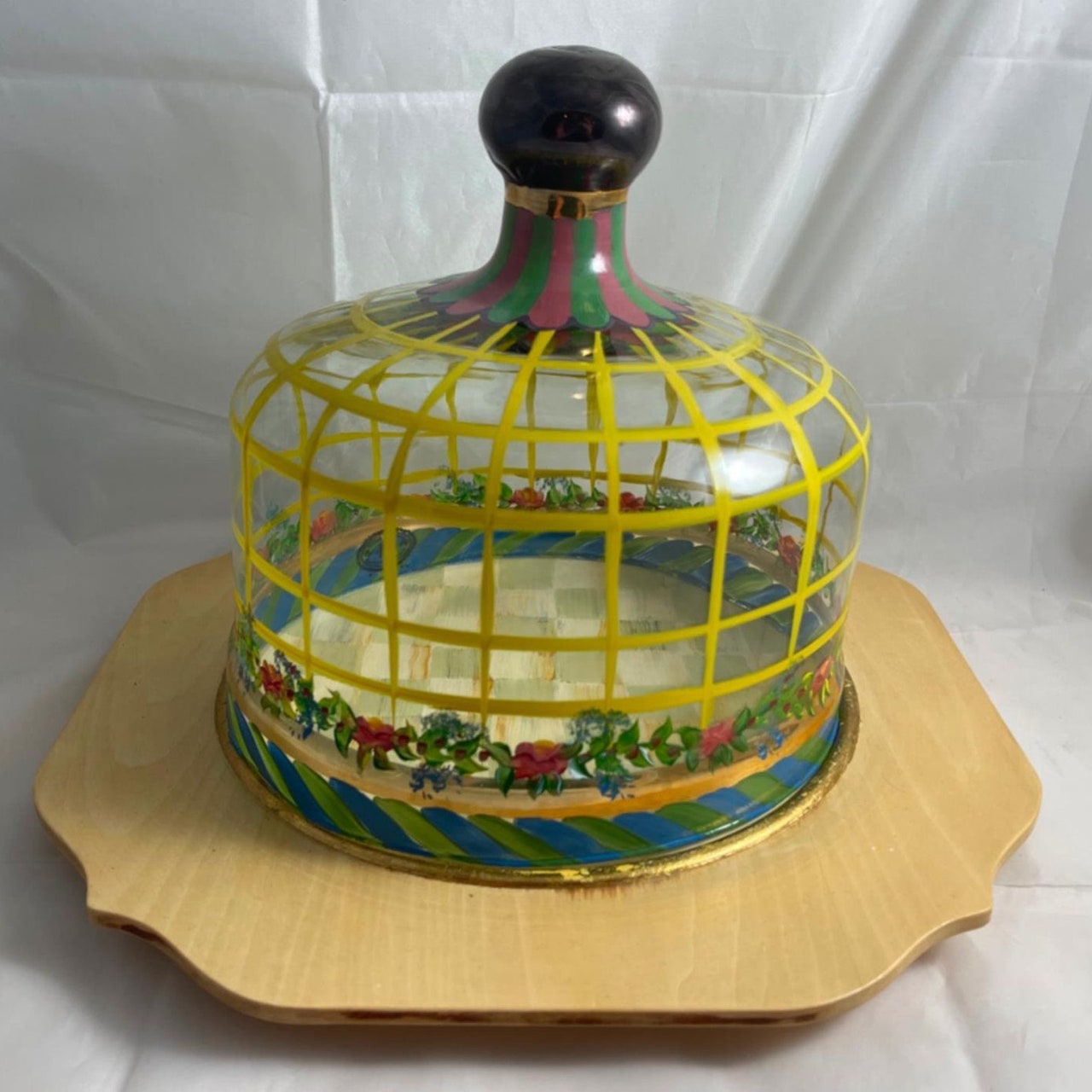
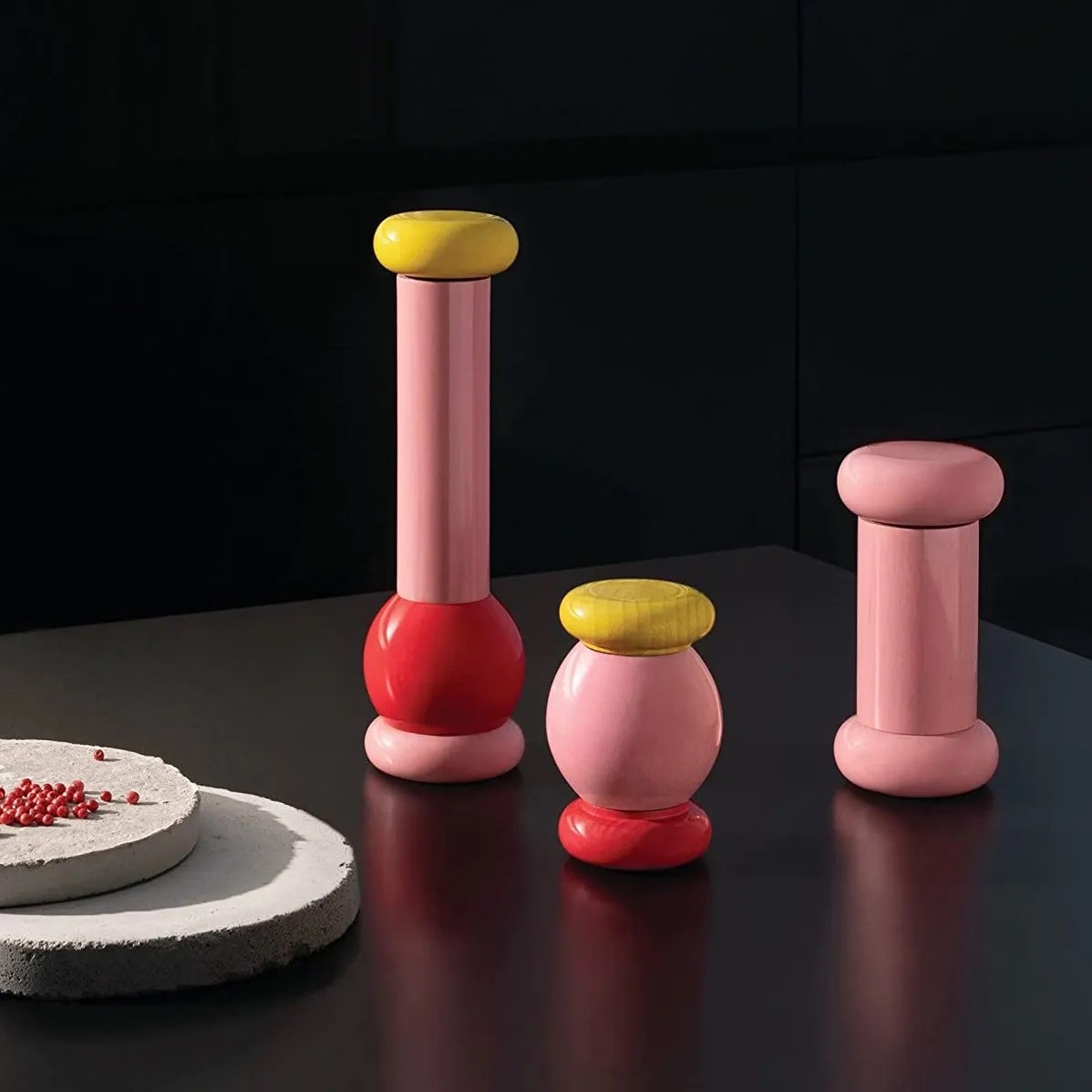
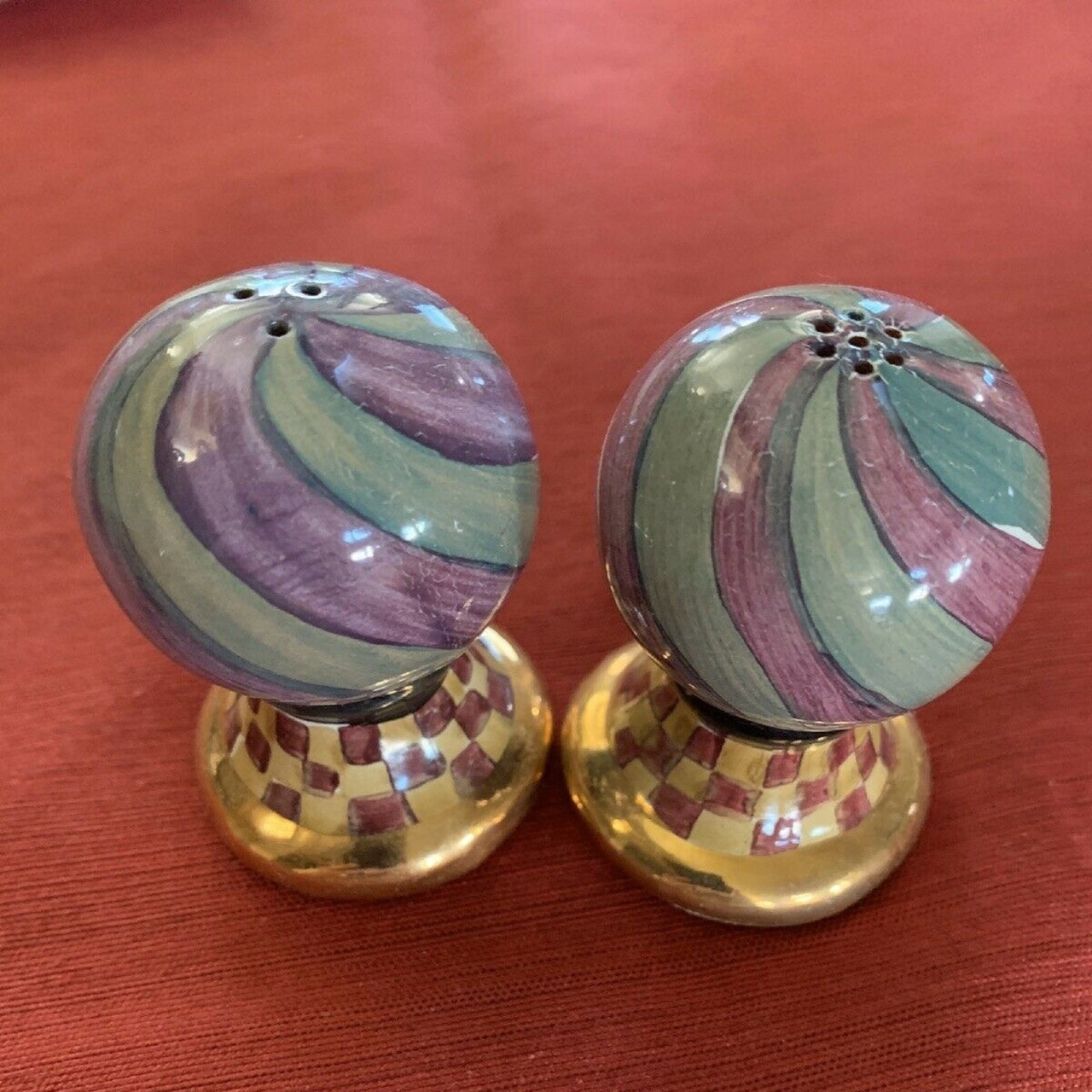
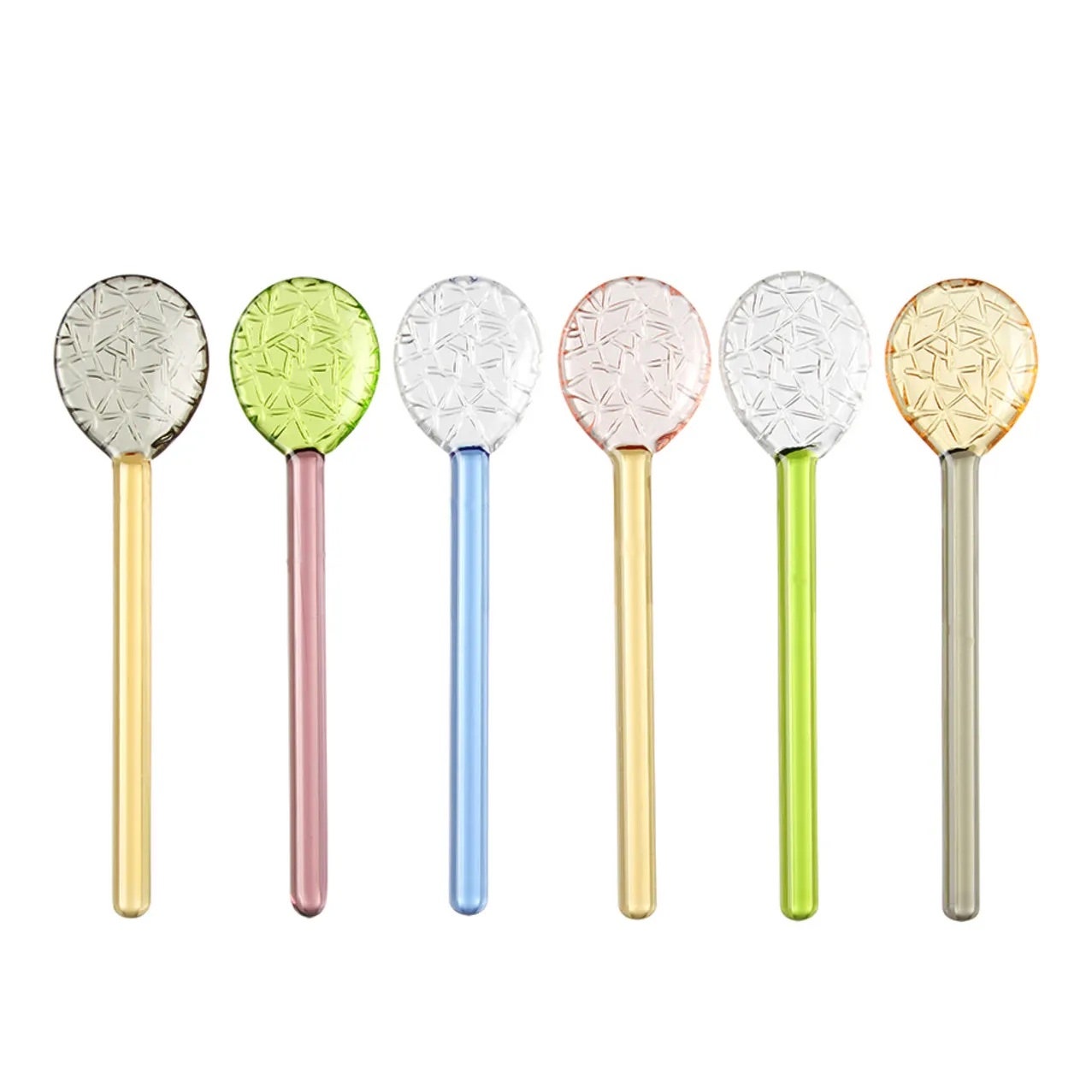
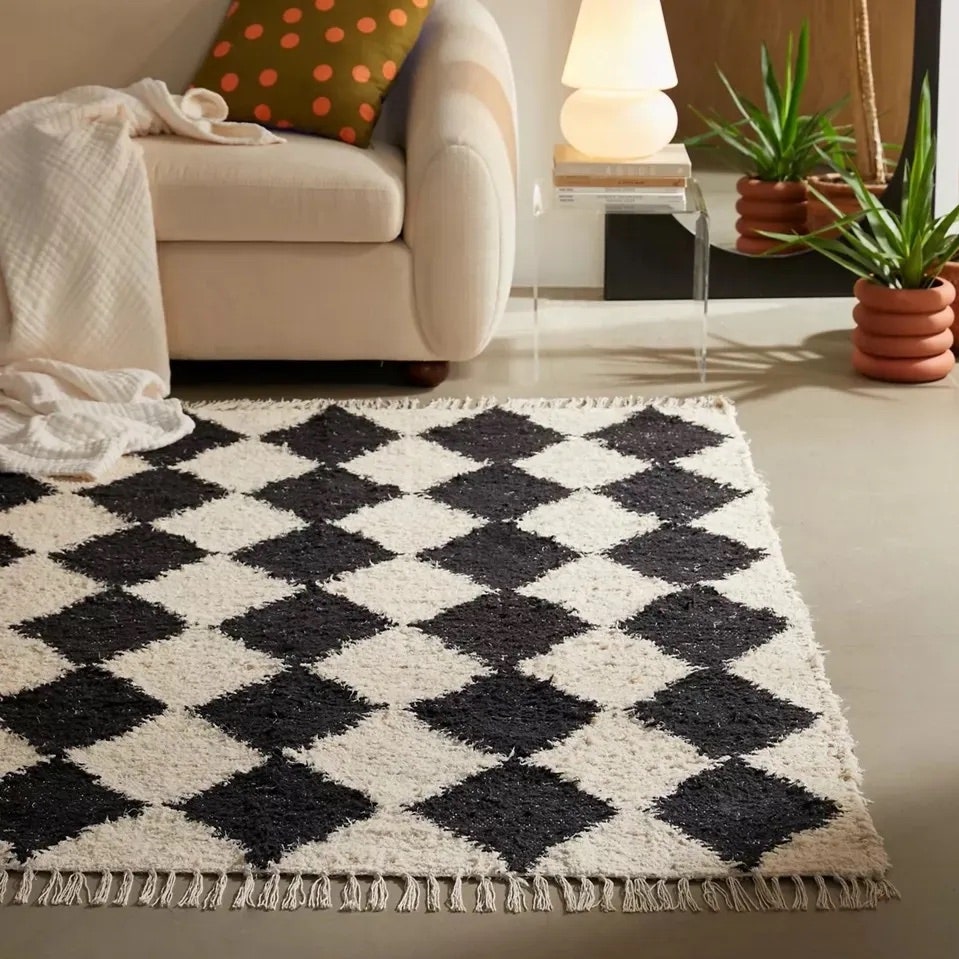
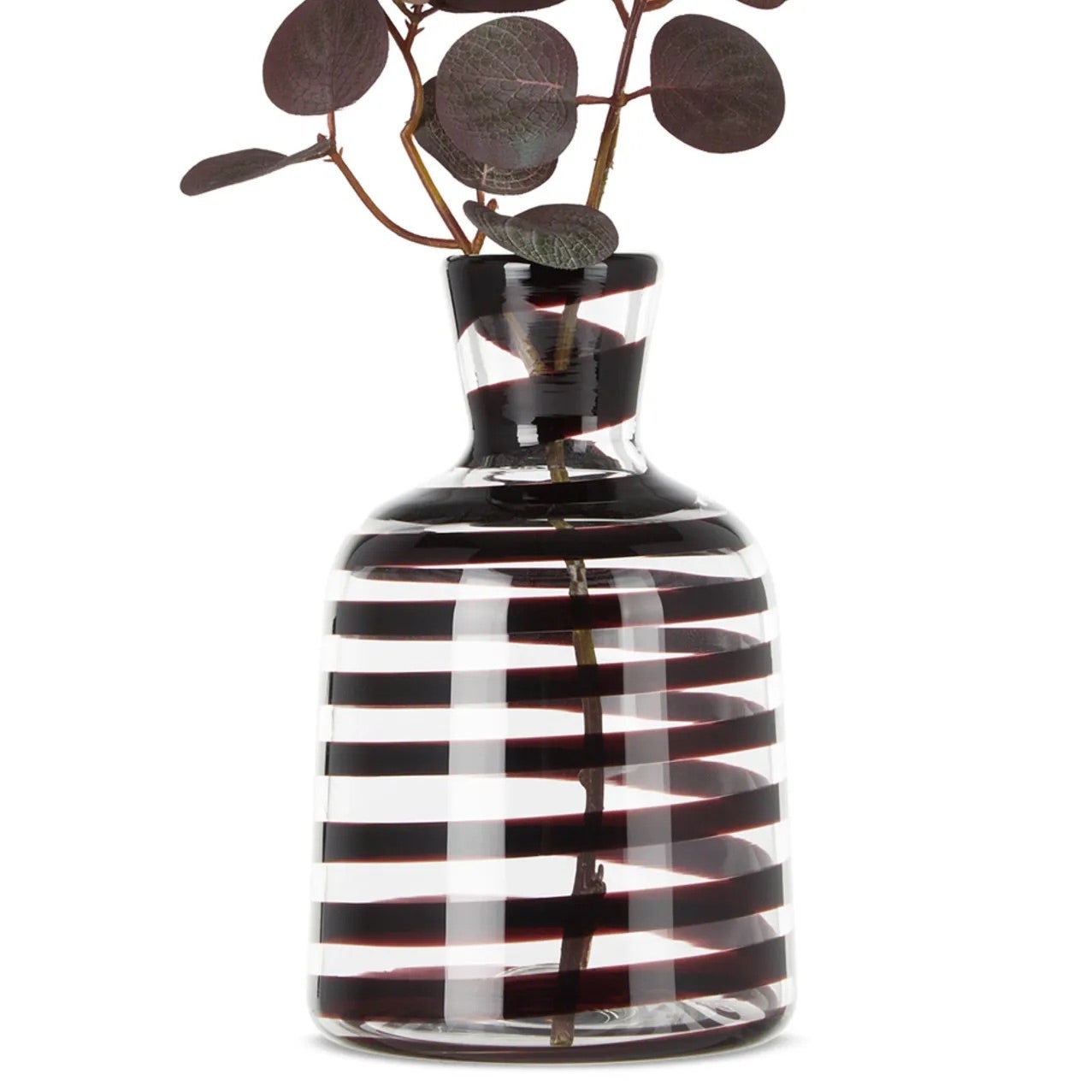
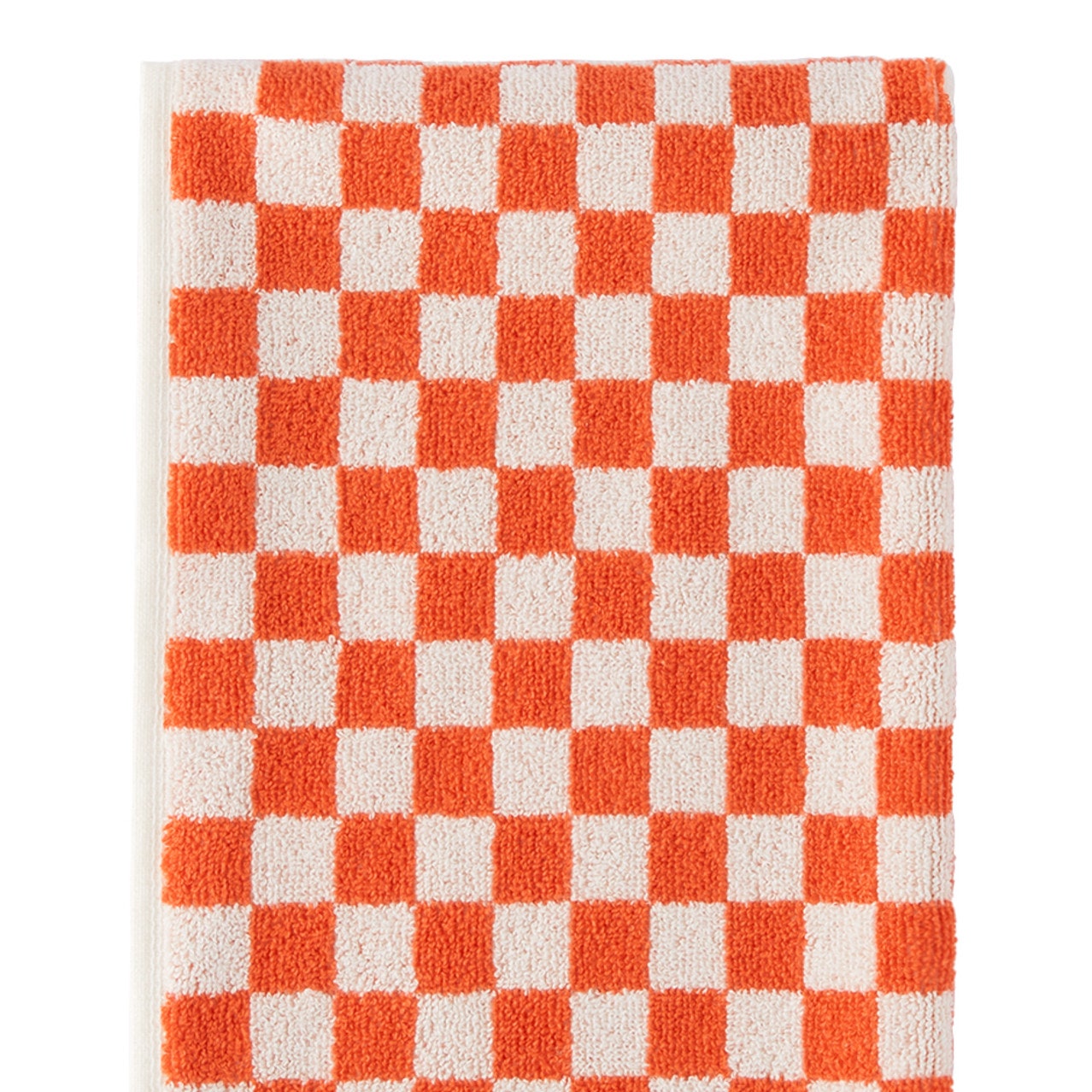
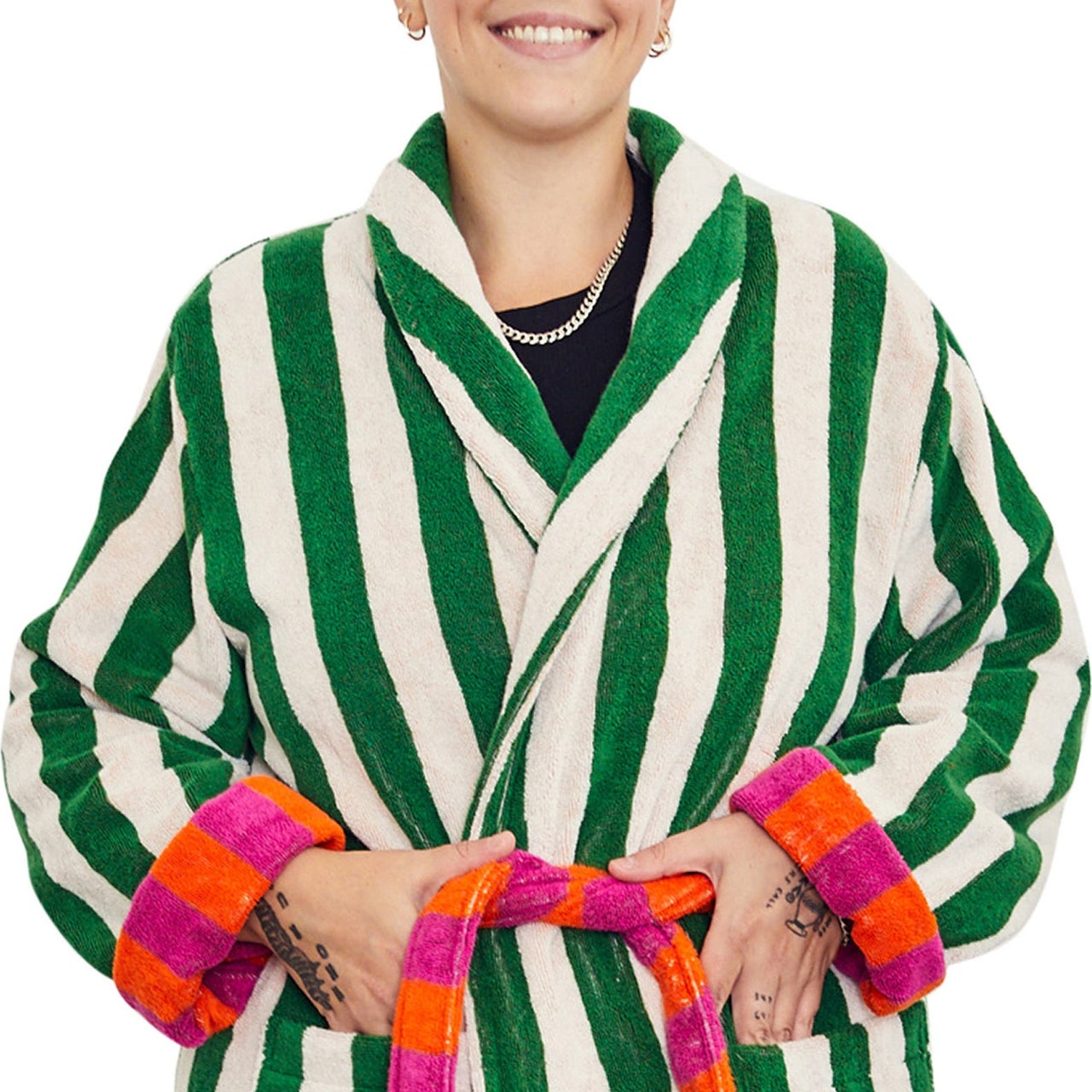
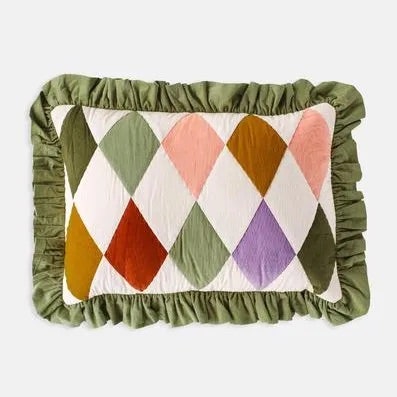
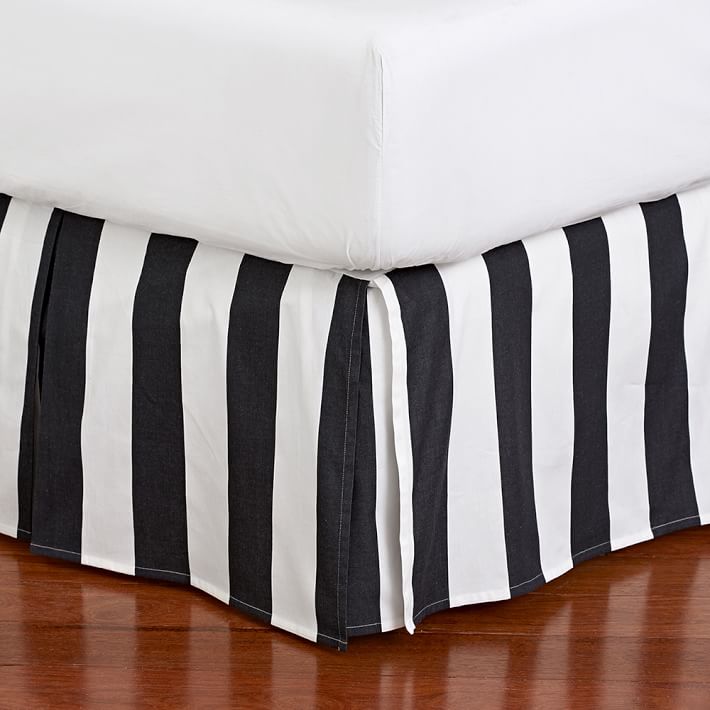

.jpg)